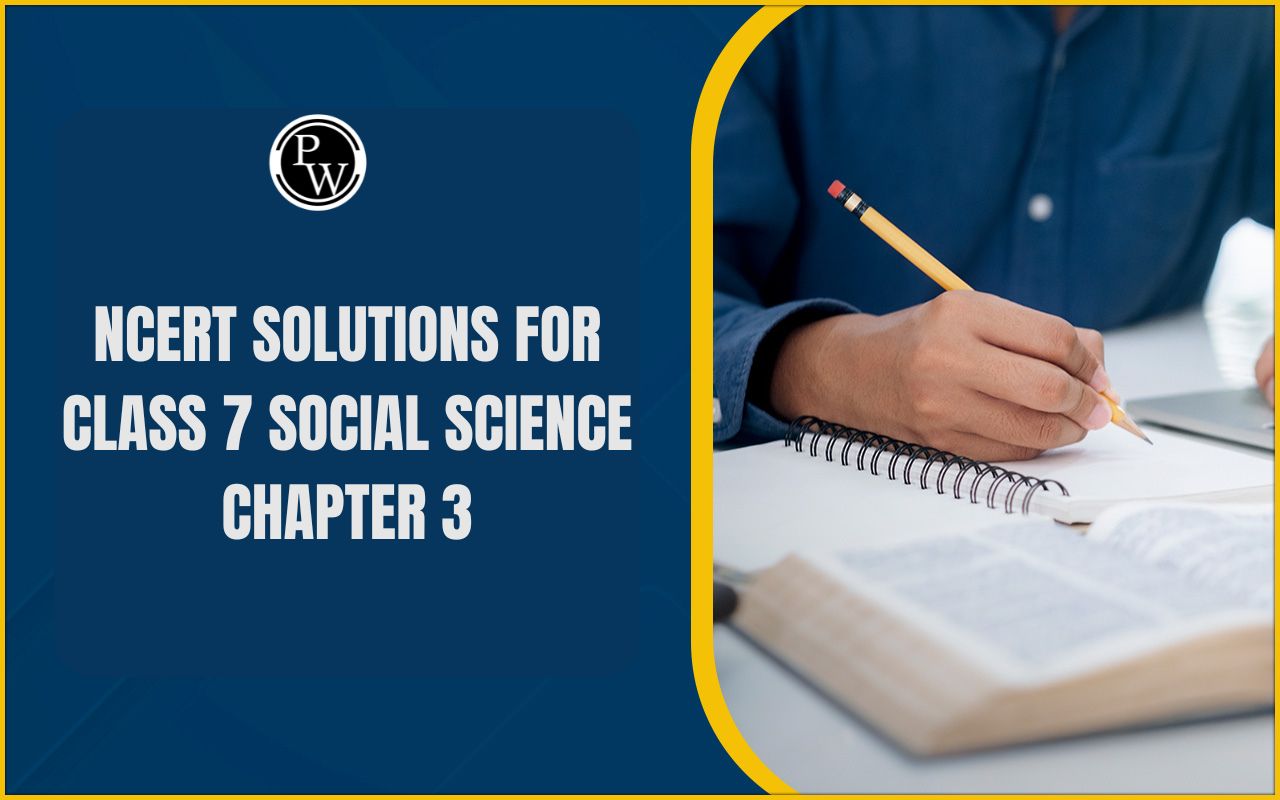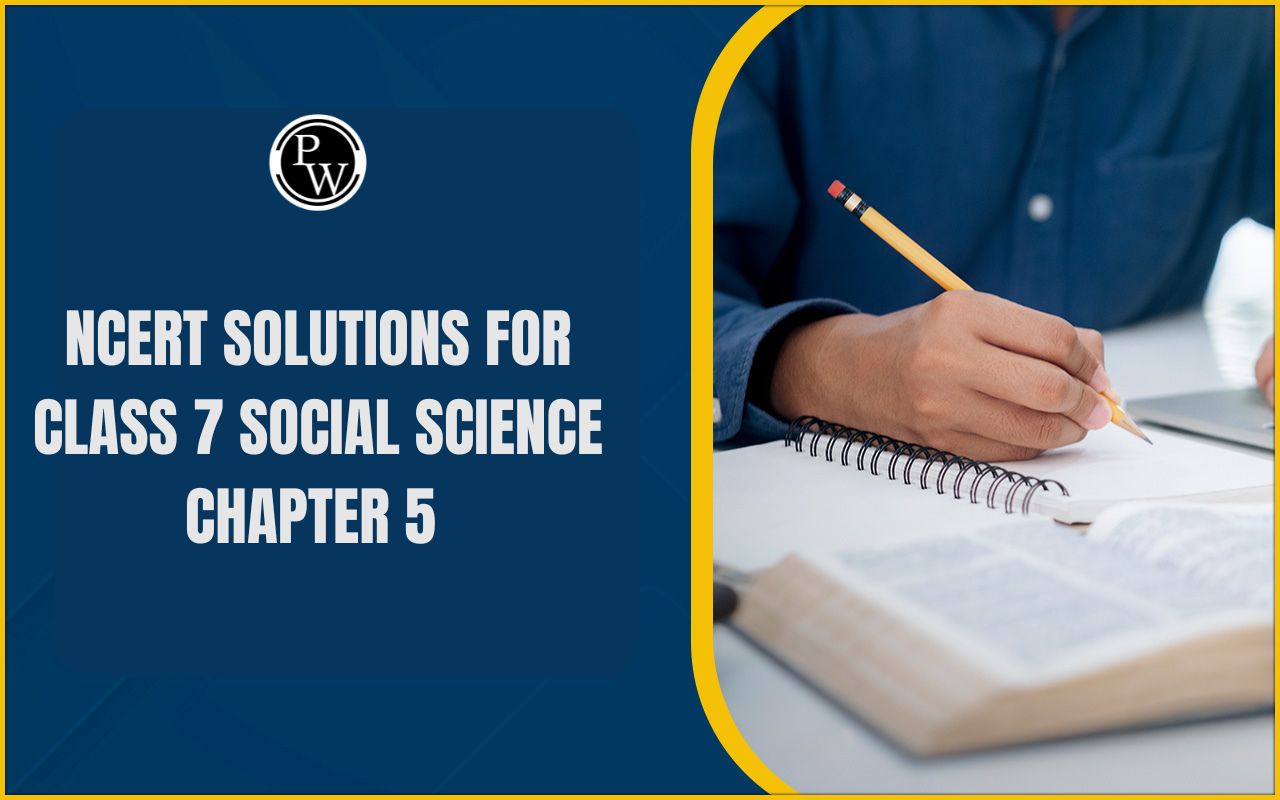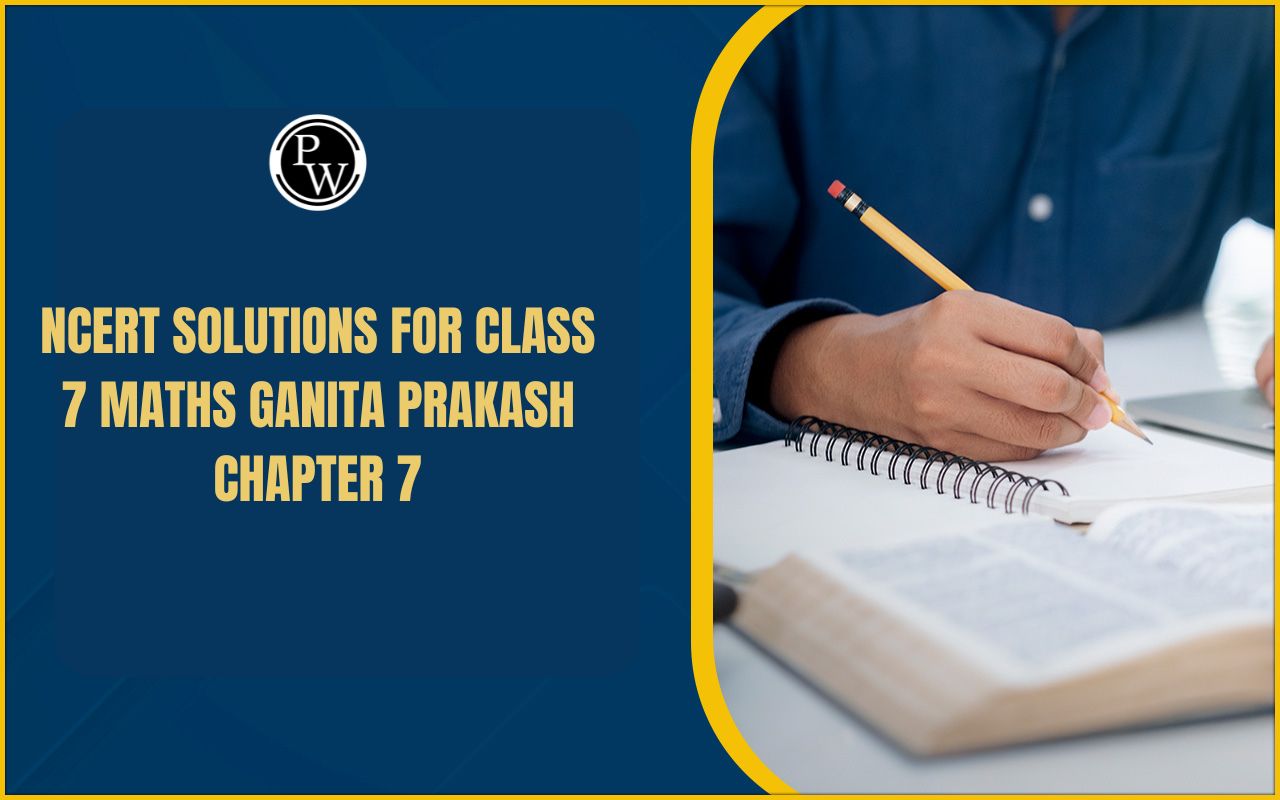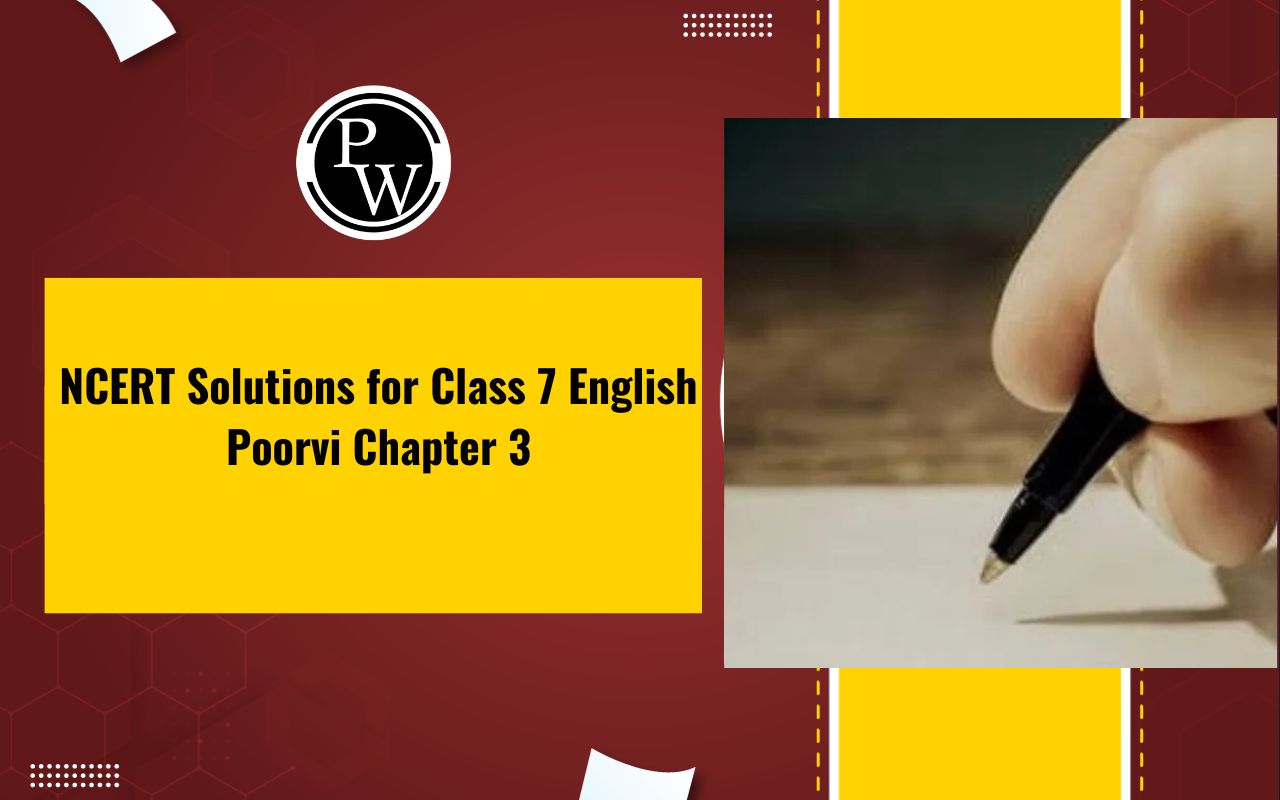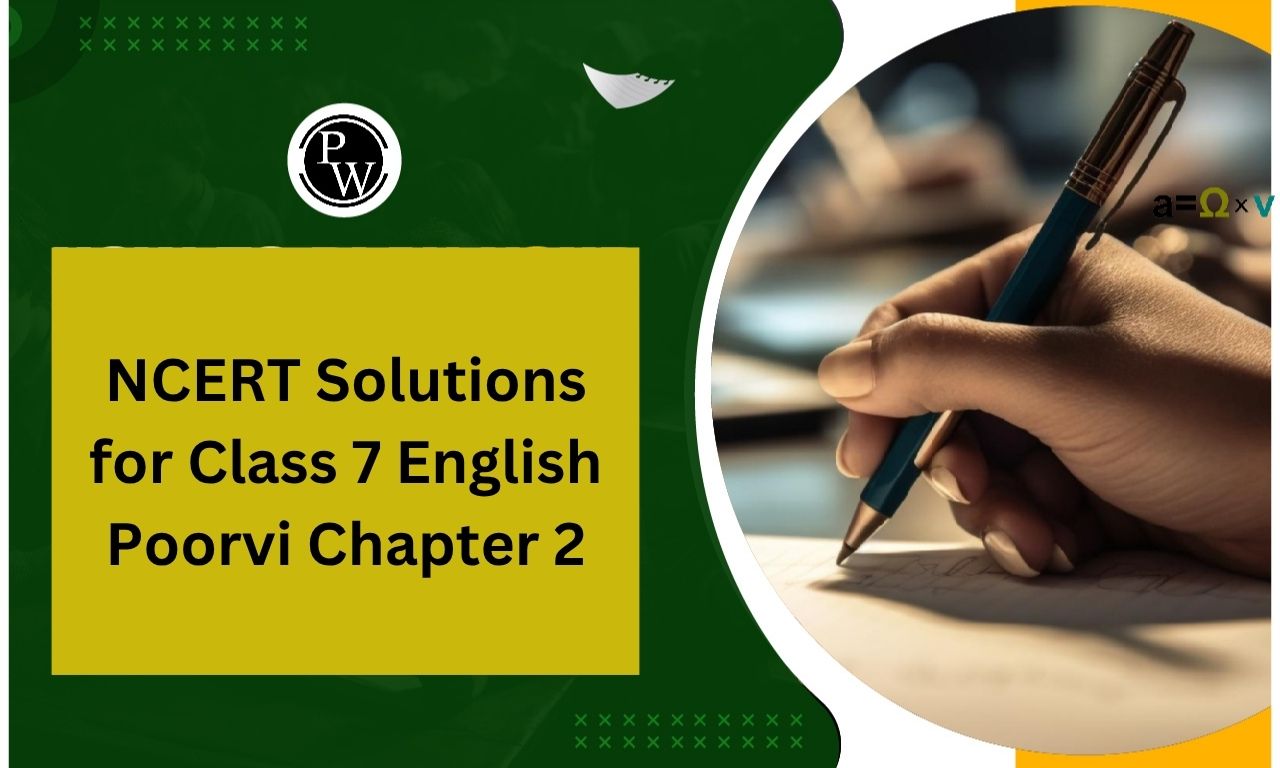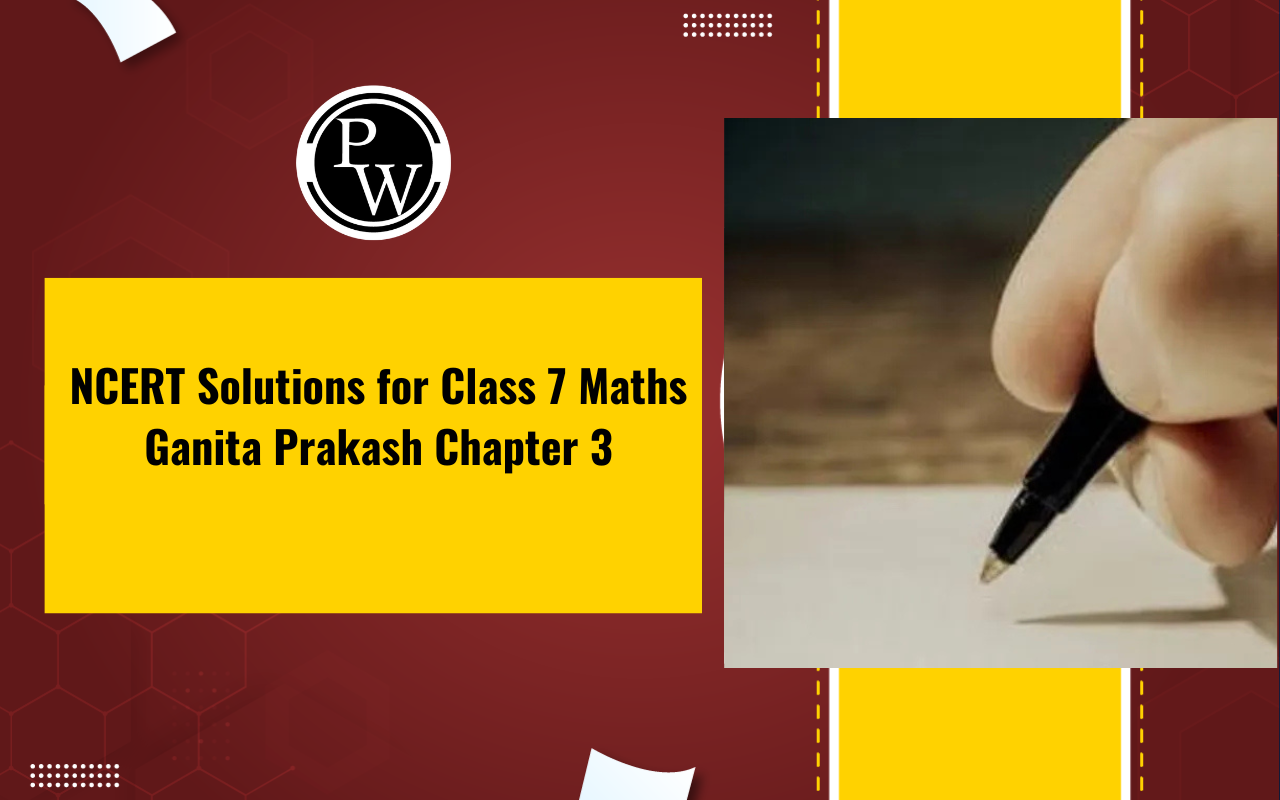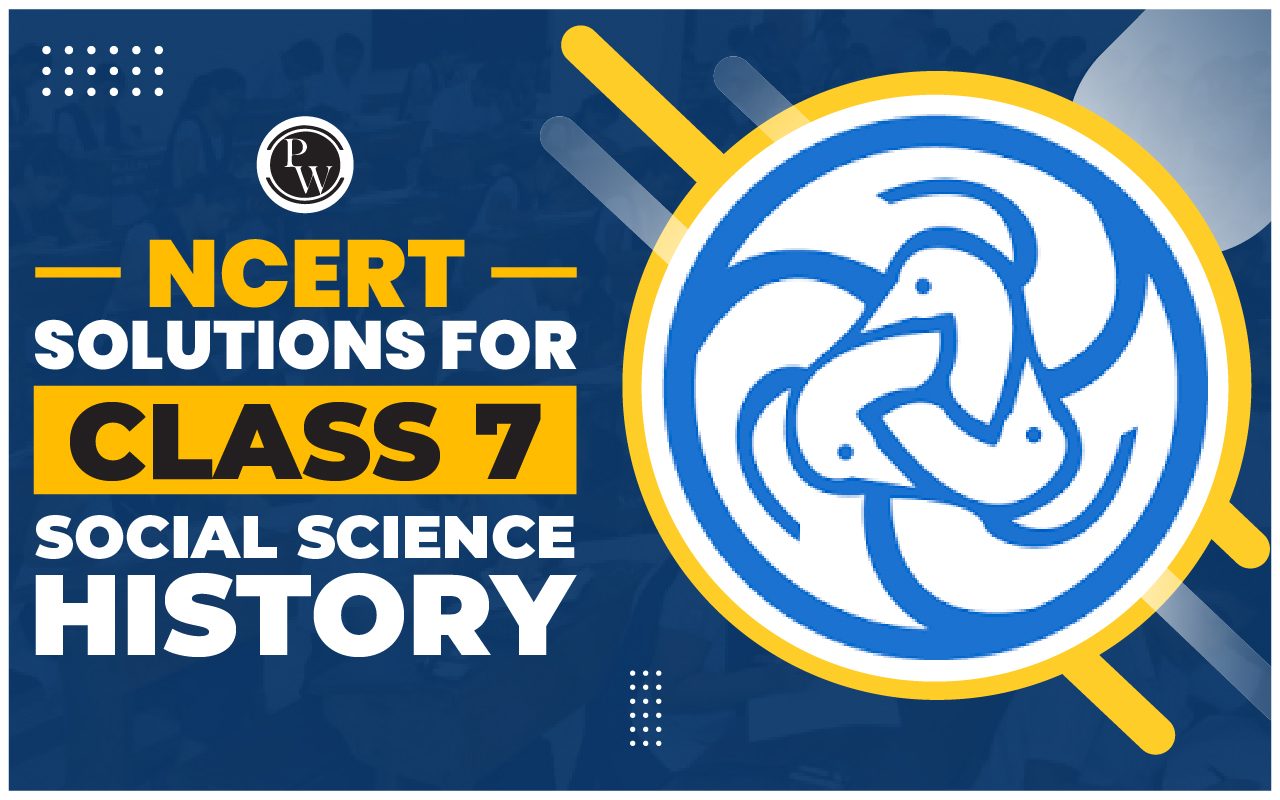
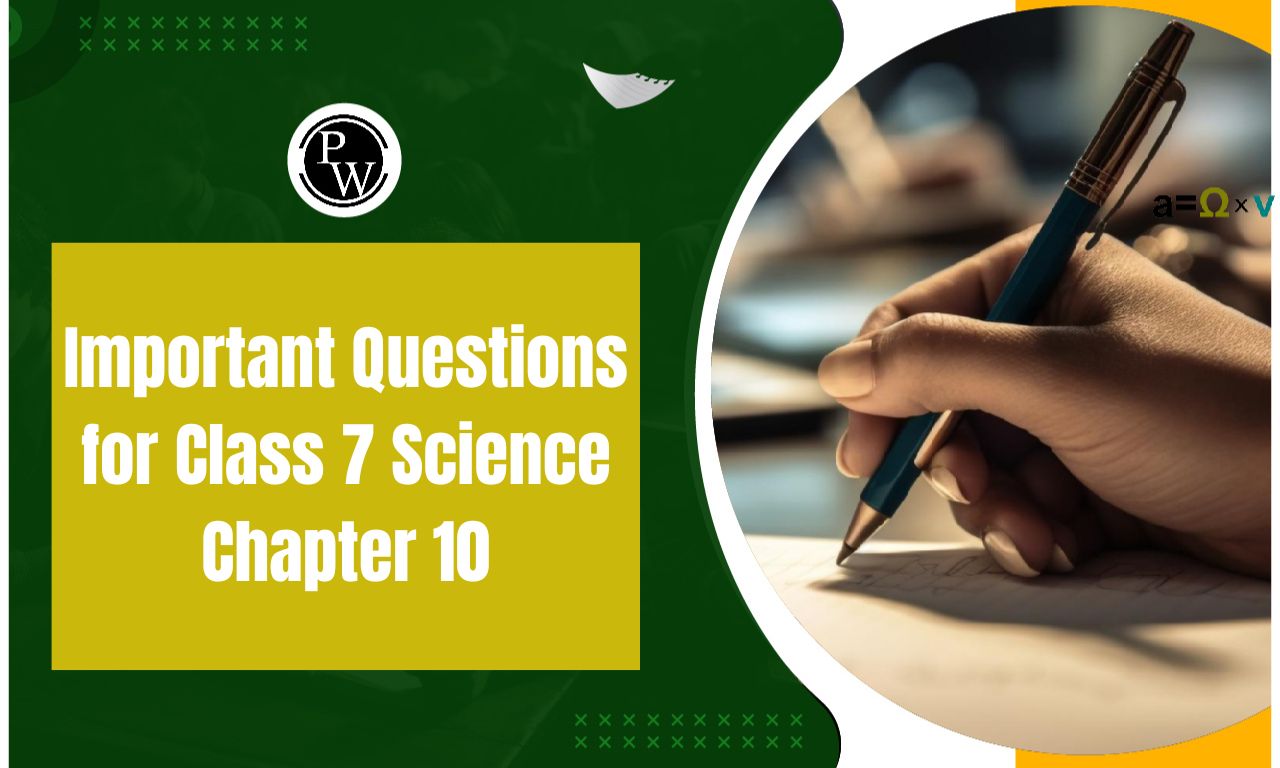
Important Questions for Class 7 Science Chapter 10: Chapter 10 of Class 7 Science, Electric Current and Its Effects, explores the basics of electric current, its flow through circuits, and its effects. It explains key concepts like circuit diagrams, conductors, and insulators.
The chapter discusses the heating effect of current, applications like electric bulbs and heaters, and the magnetic effect of current, including electromagnets. Safety measures, such as the role of fuses in circuits, are also covered. Understanding these topics helps students learn how electricity powers devices and impacts daily life. Important questions focus on definitions, circuit analysis, and practical applications of electric current and its effects.Important Questions for Class 7 Science Chapter 10 Overview
Chapter 10 of Class 7 Science, Electric Current and Its Effects, introduces key concepts like circuit diagrams, conductors, insulators, and the effects of electric current, heating and magnetic. It explains applications like electric bulbs, heaters, and electromagnets, along with safety measures like fuses. Understanding these topics is crucial for grasping the role of electricity in powering devices and ensuring safety in its use. The chapter enhances analytical and problem-solving skills through circuit-related questions. Below, we provide important questions that help in reinforcing these concepts and preparing effectively for exams by focusing on practical applications and real-world relevance of electric current.Important Questions for Class 7 Science Chapter 10 PDF
Chapter 10 of Class 7 Science, Electric Current and Its Effects, explains electric circuits, heating and magnetic effects of current, and their practical applications like fuses and electromagnets. Understanding these concepts is essential for grasping electricity’s role in daily life. Below, we have provided a PDF with important questions to help you prepare effectively for exams.Important Questions for Class 7 Science Chapter 10 PDF
Important Questions for Class 7 Science Chapter 10 Electric Current and Its Effects
Below is the Important Questions for Class 7 Science Chapter 10 Electric Current and Its Effects -Very Short Answer Questions: 1 Mark
State whether the following statements are true or false. If false, correct the statement.
1. Cells connected in a series form a battery.
Ans: True.
2. In a battery the positive terminal of one cell should connect to the positive terminal of the other cell.
Ans: False. We connect the positive terminal of one cell with the negative terminal of another cell.
3. The circuit shown in the picture above is correctly represented by the diagram.
Ans: True.
4. The bulb will glow in the following circuit diagram.
Ans: False. In the given circuit switch is off and as a result the bulb will not glow.
5. The electric bulb contains a thin wire called the fuse which glows when electricity passes through it.
Ans: False. The thin wire present inside the bulb which glows is called filament.
6. A piece of nichrome wire will get heated when electricity passes through it.
Ans: True.
7. The coil of wire in an electric room heater that gets heated is called the element.
Ans: True.
8. The amount of heat produced in a wire is independent of its length, thickness and material.
Ans: False. Amount of heat produced is dependent on length, thickness and material.
9. Thomas Edison was the first person to notice that the compass needle deflected each time electric current was passed.
Ans: False. The first person to notice compass needle deflection was Hans Christian Oersted.
10. The electric bell works on the principle of electromagnetism.
Ans: True.
Short Answer Questions: 3 Marks
11. Explain the function of the electrical fuse in a circuit.
Ans: Materials with a low melting point make up fuses. A fuse's primary purpose is to stop a fire by cutting the circuit in the case of an overflow of electricity. The fuse guards against excessive current damaging appliances and electrical cables.
12. What is MCB? What is its Function?
Ans: The acronym for Miniature Circuit Breaker is MCB. This instrument serves as a substitute for a fuse. In order to prevent fire and other harm, MBC immediately cuts the circuit if the current flowing through it over the safe limit. The MCB can be manually activated.
13. Give an example to show that we use the heating effect of electric current in our daily lives .
Ans: One illustration of how electric current affects heating is the use of geysers and heaters. Heating elements are thick coils of wire found in these instruments. These wires begin to glow red and generate heat as power is fed through them. Thus, electric current is used to generate heat.
14. Why does an electric bulb get fused?
Ans:An electric bulb contains a filament, which is a little wire. A filament heats up and glows when electricity is run through it, producing light. In contrast, the filament is a thin wire. The filament gets too hot and breaks when an excessive amount of electric current is run through it or when it is run through it repeatedly. This causes the bulb to fuse.
15. Draw the circuit diagram for the following circuit.
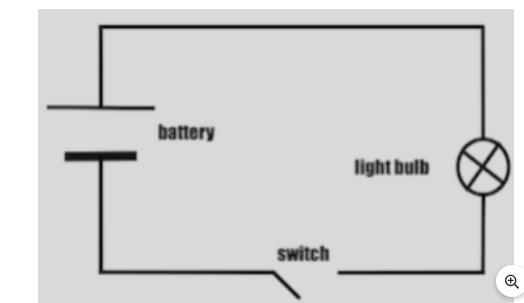
Long Answer Questions: 5 Marks
16. What is an electromagnet?
Ans: An electromagnet is a transient magnet created by electric current's magnetic action. A wire acts like a magnet when electric current flows through it. The amount of current flowing through an electromagnet determines its strength. Electromagnets exhibit every characteristic of a magnet, including:
-
Attractive Properties
-
Repulsive Properties
-
They also point in a north-south direction when suspended freely.
Electromagnets are used in large cranes in junkyards to separate iron or any other magnetic object from the garbage.
17. Explain the working of an electric bell.
Ans:
The electric bell consists of a coil of wire wound around a magnetic material like iron. The iron material is connected to a hammer at one end and a screw at the other end.
- Electric current passes through the coil when the switch is pressed, magnetising the iron core and causing it to act like an electromagnet.
- The clapper is drawn in their direction by the magnetic field this iron creates.
- The gong is struck by the clapper in return, and a bell rings.
- The circuit is broken and the magnetic field is eliminated when the gong is struck.
- The clapper goes back to where it was.
- Every time we turn it on and current passes through the circuit, this procedure is repeated.
Concept Clarity : Reinforces understanding of key concepts like electric circuits, heating, and magnetic effects of current.
Exam Preparation : Helps focus on frequently asked and significant topics, improving exam readiness.
Practical Understanding : Encourages learning real-life applications, such as fuses and electromagnets.
Efficient Revision : Saves time by targeting essential points for quick review.
Problem-Solving Skills : Enhances analytical thinking by practicing circuit-related questions and applications.
Important Questions for Class 7 Science Chapter 10 FAQs
How is electric current generated?
What is the main effect of electric current?
What are the rules for current in electricity?
How is electric current transmitted?





